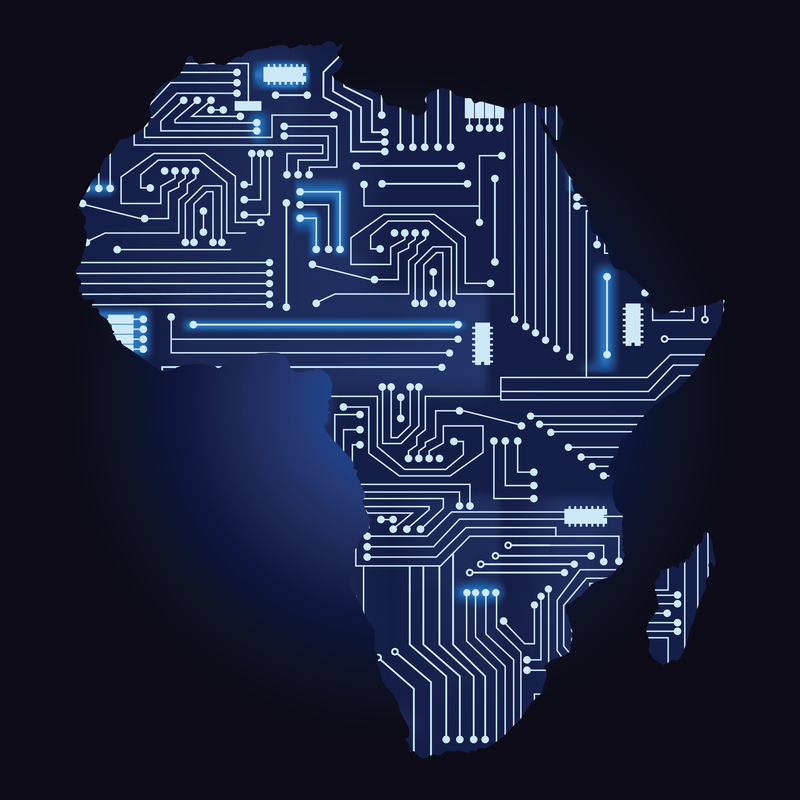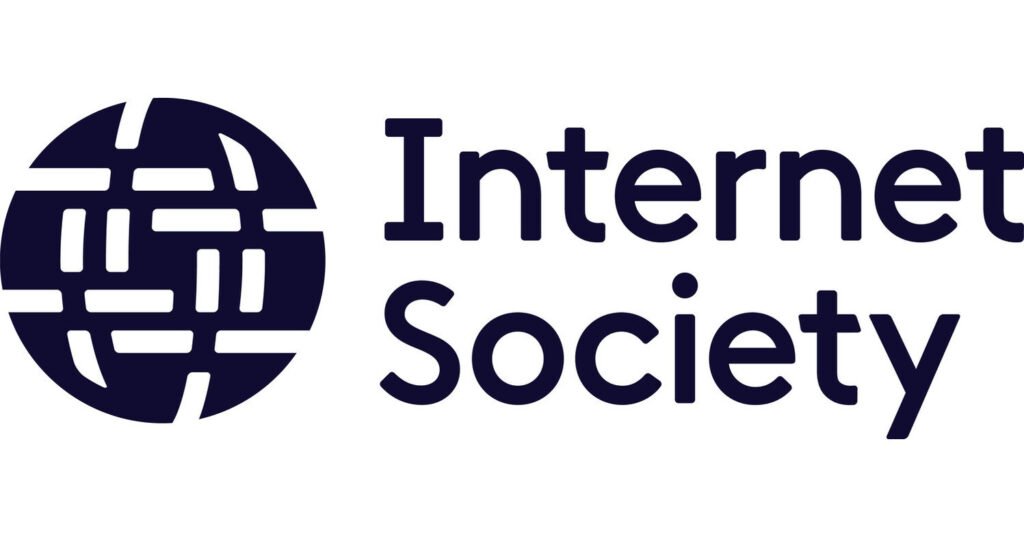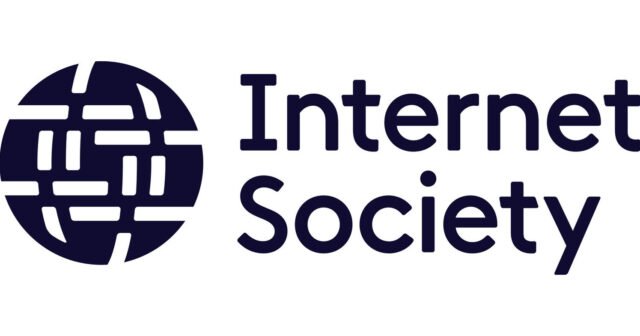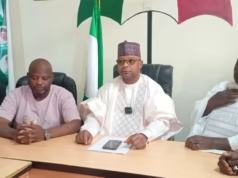Africa’s internet has often been a story of contrasts—rapid adoption of digital tools alongside fragile infrastructure that can be disrupted by a single cable cut or nationwide blackout. But a new initiative, the Model Framework for Building Internet Resilience in Africa, is aiming to change that narrative.
The framework, developed through the collaboration of the African Telecommunications Union (ATU), the Internet Society (ISOC), and the African Network Information Centre (AFRINIC), has just received the green light. Its goal is simple but ambitious: to make Africa’s internet stronger, more reliable, and better prepared for disruptions.
Table of Contents

Why Resilience Matters Now
In the past few years, Africa has seen worrying internet outages that affected millions:
- March 2024 – Four submarine cables in West Africa were damaged at once, causing severe slowdowns and outages in 13 countries.
- May 2024 – Cable faults off KwaZulu-Natal disrupted East Africa’s connectivity for nearly three weeks.
- December 2024 – Kenya suffered a six-hour nationwide power blackout, while South Africa endured over 300 days of load-shedding in 2023, repeatedly knocking internet services offline.
These incidents showed that the continent’s digital future can’t rest on fragile systems. As ATU Secretary-General John Omo put it:
“Connectivity remains Africa’s nervous system, and when it stutters, schools, hospitals, and markets stutter too. This framework is our insurance policy against digital darkness.”
The Three Pillars of the Framework
The resilience model rests on three main pillars:
- Networks and Internet Service Providers (ISPs) – Strengthening the systems that deliver connectivity to homes, businesses, and institutions.
- Critical Infrastructure – Protecting power grids, data centres, and submarine cables that form the internet’s physical foundation.
- Market Conditions – Ensuring fair competition, affordability, and policies that encourage investment and innovation.
By addressing all three together, the framework avoids the trap of “patching” one area while leaving others vulnerable.

How It Will Work
Under the new plan, when a country adopts the framework, all organisations that operate essential internet services—mobile operators, power utilities, Internet Exchange Points (IXPs), domain registry managers, and ISPs—will have 12 months to submit a Plan for Resilience.
These plans will detail how they intend to build redundancy, ensure rapid recovery after outages, and use resources more efficiently. They must also align with each organisation’s own continuity and recovery strategies, and will be reviewed annually.
Kevin G. Chege, ISOC’s Director of Internet Development, stressed that monitoring progress will be just as important as making plans:
“Investing in collecting various metrics to assess how resilient the Internet is across different countries is the first step to achieving Internet Resilience. That’s why the Internet Society Pulse is a key supporting part of this Framework.”
Collaboration and Policy Leadership
Arthur Carindal of AFRINIC called the project a prime example of pan-African collaboration:
“It is a great honour for AFRINIC to collaborate with ATU and ISOC in this transformative initiative, which highlights key policy recommendations and best practices for strengthening Internet infrastructure in Africa.”
Once finalised, the ATU will circulate the framework to all its member states and make it publicly available to private-sector and civil-society stakeholders.
Omo urged governments not just to adopt the framework but to actively support its rollout:
“I urge member states to adopt this Framework and to be actively involved in its implementation.”
The Bigger Picture – A Resilient Digital Africa
This move is more than an infrastructure upgrade—it’s a socio-economic safeguard. In a continent where e-commerce, mobile banking, online learning, and telemedicine are rapidly growing, even short outages can cause economic losses and disrupt critical services.
By embedding resilience into every layer of the internet ecosystem, Africa can protect its growing digital economy from shocks—whether caused by technical faults, natural disasters, or geopolitical events.
The initiative also aligns with the African Union’s Digital Transformation Strategy for Africa (2020–2030), which aims for universal broadband access, inclusive digital services, and robust cybersecurity.

What Success Could Look Like
If fully adopted and implemented, the framework could:
- Reduce outage impact – Faster detection and repairs when cables or power fail.
- Encourage investment – With more predictable uptime, tech companies may expand infrastructure projects.
- Lower costs – Healthy competition and stable systems can make internet access more affordable.
- Boost trust – Businesses and citizens can rely on digital services for work, education, healthcare, and governance.
Conclusion
The green light for the Internet Resilience Framework is a timely step towards securing Africa’s digital future. It acknowledges the continent’s vulnerabilities while charting a practical path to overcoming them.
As Omo, Carindal, and Chege emphasised, the framework’s real test will come not in its announcement, but in its implementation—and in whether governments, operators, and communities can work together to make Africa’s internet truly resilient.
Join Our Social Media Channels:
WhatsApp: NaijaEyes
Facebook: NaijaEyes
Twitter: NaijaEyes
Instagram: NaijaEyes
TikTok: NaijaEyes





